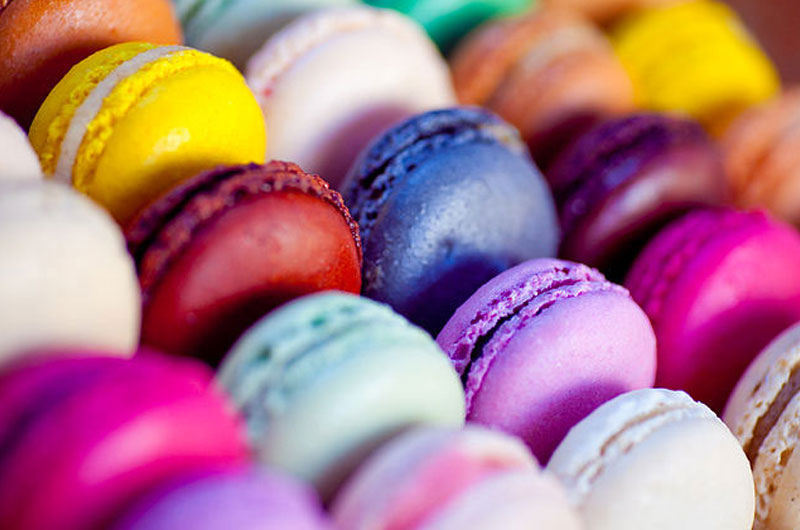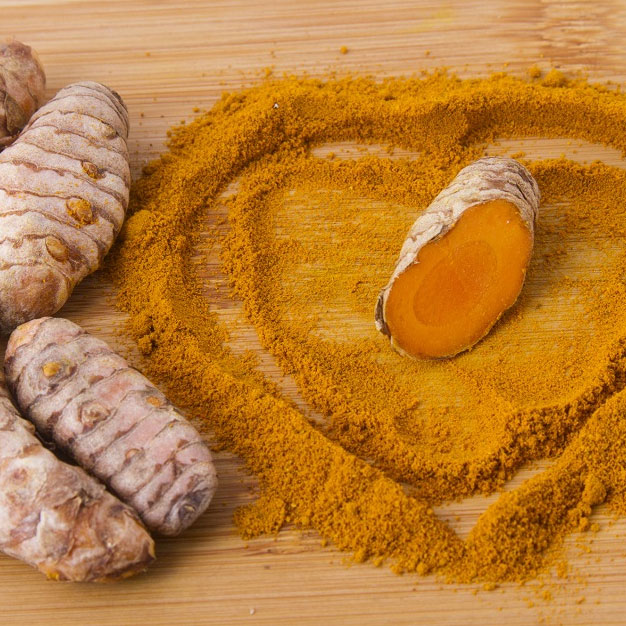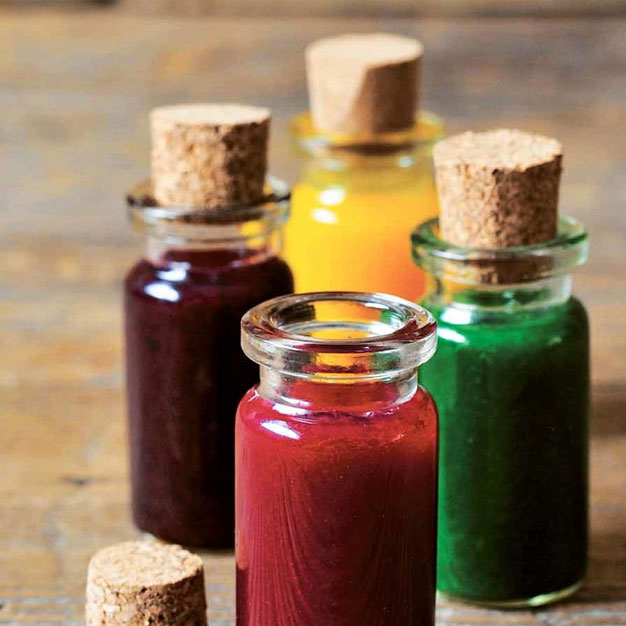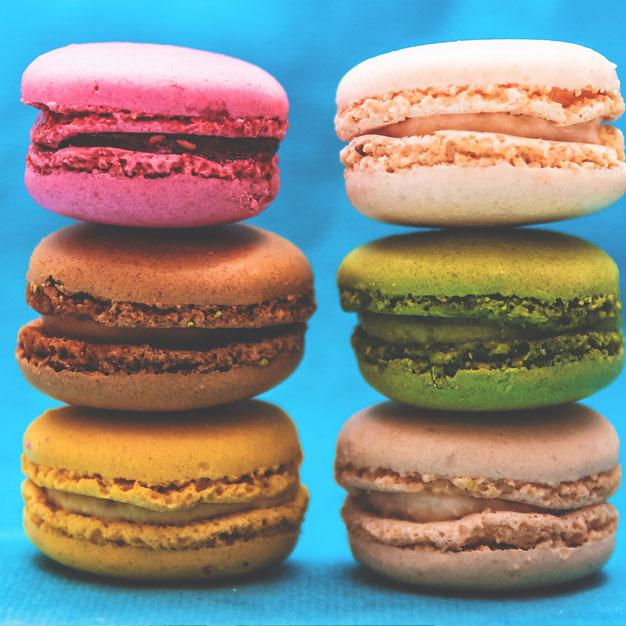Manufacturer, Supplier & Exporter of
a wide range of Dyes, Pigments & Food Colours
Food Colours
Food colouring, also known as food colouring or colour additive, is a substance that is added to food and beverages to impart colour. It can be in the form of a dye, pigment, or other additive. Food colouring is available in various forms, such as liquids, powders, gel food colours, and pastes, and is used in both commercial food production and domestic cooking.
The colorants used in food colouring can be categorized into natural colours, inorganic pigments, organic and metallic compounds (called lakes), and synthetic coal-tar substances. Natural food colour powder is primarily derived from vegetable sources and is sometimes referred to as vegetable dyes. Inorganic pigments are minerals that are ground into a fine powder and used as a colorant. Organic and metallic compounds, or lakes, are formed by combining a dye with a metallic salt, resulting in a colour that is insoluble in water. Synthetic coal-tar substances are chemically synthesized and used extensively in the food industry.
Food colour powder is used in a wide range of foods and beverages, including orange and potato skins, sausage casings, baked goods, candies, carbonated drinks, gelatin desserts, powdered drink mixes, and many others. It is also used in non-food applications, such as cosmetics, pharmaceuticals, home craft projects, and medical devices. In cosmetics, food colorants are used to add colour to lipsticks, blushes, and eye shadows. In pharmaceuticals, they are used as a means of identification and to enhance the appearance of tablets and capsules.
The properties of food additives colours depend on the type of colorant used. Natural colours are generally stable and may be affected by light, heat, and pH. Inorganic pigments are more stable and can withstand heat and light, but they may not be as bright as natural colours. Lakes are generally more stable than natural colours and inorganic pigments and can be used in a wider range of applications. Synthetic coal-tar substances also called artificial food colours are highly stable and can produce vibrant colours.
Megha International is among the leading food colour manufacturers that specializes in the production and supply of natural and artificial food colours. The company offers a range of high-quality food colorants that are suitable for various applications in the food industry. Megha International’s natural food colours are derived from vegetables, fruits, and other natural sources, and are free from synthetic additives. Its synthetic food colours are manufactured using the latest technologies and are safe for consumption. For more information, click on food colours pdf
Are you looking for Food Colours? Transform your materials into vibrant masterpieces!
Buy High quality Food Colours at Best Price - Megha International

Types of Food Colour
There are two main types of optical brightening agents (OBAs) used in the paper industry: stilbene and coumarin.
Tartrazine is a synthetic food colouring agent that is commonly used in the food industry. It is a bright yellow colour and is often used in soft drinks, baked goods, candies, and other processed foods. Tartrazine has been associated with some health concerns, and some countries have restricted its use.
Natural food colours are derived from natural sources such as fruits, vegetables, and spices. They are often used to give foods a more natural appearance, and they are generally considered safer than synthetic colours. Common natural colours include beta-carotene (from carrots), anthocyanins (from berries), and turmeric (from a root).
FD&C (Food, Drug, and Cosmetic) colours are a type of synthetic food colour that is approved for use in foods, drugs, and cosmetics in the United States. They are classified by a number, such as FD&C Red No. 40 or FD&C Yellow No. 6, and are often used to give foods a bright, consistent colour.
Organic food colours are derived from natural sources that have been grown without the use of synthetic pesticides, fertilizers, or other chemicals. They are often used in organic or natural food products and are considered safer and more environmentally friendly than synthetic colours.
Caramel food colour is a type of natural colour that is derived from the heating of sugars. It is often used in baked goods, beverages, and other processed foods to give them a brown colour. Caramel colour is generally considered safe, but there have been some concerns about its potential to form harmful compounds during the heating process.
Food Colour Manufacturing Process
The manufacturing process of food colouring varies depending on the type of colorant being produced. However, the general process involves the following steps:
The raw materials used for food colouring are selected based on the type of colorant being produced. For example, natural colours are derived from plant sources such as fruits, vegetables, and spices, while synthetic colours are chemically synthesized.
Depending on the type of colorant, the raw materials are either extracted or synthesized. For natural colours, the raw materials are extracted using solvents or other methods, while synthetic colours are synthesized using chemical reactions.
The extracted or synthesized colorant is then purified to remove any impurities or unwanted compounds.
The purified colorant is then concentrated to increase its potency and make it easier to handle.
The concentrated colorant is then formulated into a form that is suitable for use in food products. This may involve mixing it with other ingredients such as carriers or preservatives.
The final product is then packaged into containers or drums for distribution to food manufacturers.
Quality control is an essential aspect of the food colouring colours manufacturing process. The colorants are tested for purity, potency, and stability to ensure that they meet the required specifications. Any deviations from the specifications are corrected before the colorants are released for use.
To know more in details about the classification of Food Colours
Food Colour Properties / Characteristics - FOOD COLOUR Manufacturer in India
The properties or characteristics can vary depending upon the classification of food colours, but some common ones include:
- Solubility: Food colours can be either water-soluble or oil-soluble. Water-soluble colours are used in products that contain water, such as beverages, while oil-soluble colours are used in products that contain oil, such as chocolates.
- Stability: The stability of a food colour refers to its ability to maintain its colour over time and under various conditions such as heat, light, and pH. Some colours are more stable than others and may require special storage or handling to maintain their colour.
- Hue: The hue of a food colour refers to the actual colour that it imparts to a product. Different hues can be achieved by combining different colours or adjusting the pH of the product.
- Potency: The potency of a food colour refers to the amount of colour that is needed to achieve the desired hue. Some colours are more potent than others and may require less to achieve the desired effect.
- Toxicity: Some synthetic food colours have been associated with health concerns, and many countries regulate their use to ensure that they are safe for consumption.
- Labelling: In many countries, food colours must be labelled on food packaging. The label may indicate the type of colour used, such as FD&C Red No. 40, or may simply indicate “colour added.” This labelling requirement is intended to help consumers make informed decisions about the foods they consume.

Advantage of food colour
Some advantages of using food colours include:
- Enhancing appearance: Food colours can be used to enhance the appearance of food products, making them more visually appealing and attractive to consumers.
- Product consistency: Food colours can help ensure that products have a consistent appearance from batch to batch, which is important in commercial food production.
- Variety: The use of food colours allows for a wider variety of products with different colours and appearances, giving consumers more options.
- Branding: Food colours can be used to help establish and reinforce brand identity, by creating a distinctive look and appearance for a particular product or brand.
- Marketing: Colourful and attractive food products are often more marketable and may generate more sales than plain, uncoloured products.
- Nutritional value: Some natural food colours, such as those derived from fruits and vegetables, may also provide nutritional benefits, adding vitamins, minerals, and antioxidants to foods.
- Safety: In some cases, the use of food colours may also improve food safety by helping to detect contamination or spoilage.
Food Colour Uses
Food colour is widely used in various applications in both commercial food production and home cooking. Here are some common applications of food colour:
- Beverages: Food colour is often added to enhance the appearance of beverages, such as soft drinks, juices, and sports drinks.
- Confectionery: Food colour is used in the production of candies, chocolates, and other confectionery products to create a variety of colours and appearances.
- Baked goods: Food colour is commonly used in the production of baked goods, such as cakes, cookies, and pastries, to create attractive and colourful designs.
- Dairy products: Food colour is often added to dairy products such as yogurt, ice cream, and cheese to give them a more attractive appearance.
- Snack foods: Food colour is used in snack foods such as chips, crackers, and popcorn to give them a more appealing appearance.
- Pet food: Food colour is often added to pet food to create a more visually appealing product.
- Pharmaceuticals: Food colour is used in pharmaceuticals to make tablets and capsules more easily identifiable and to improve patient compliance.
- Cosmetics: Food colour is used in cosmetics such as lipsticks and eye shadows to create a variety of colours and appearances.
- Non-food applications: Food colour is also used in non-food applications such as inks, paints, and textiles.
About Megha International
Looking for a Food Colour Exporter for brazil?
Megha International (ISO 9001: 2008) Established in the year 1995, at Mumbai, India is the best Food Colour manufacturers in India that offers an extensive range of dyes in national as well as international Food Colour market. Our research and development team carries out constant studies to develop products that reliably set us apart from our competitors and serve our clienteles best. With a remarkable focus on innovation and leveraging new-age expertise, we endeavour to sustain and develop a leading organization on a global scale. The company is a top food colour manufacturers in Mumbai, and is striving to deliver the finest quality of products to the consumers, while being environmentally sensitive.
Market Area of Megha International
As a prominent Food Colour supplier, Megha International is proud to export FOOD COLOUR in a wide range of countries across the globe. Our reach extends to many countries in Asia, including China, Vietnam, Singapore, Thailand, Malaysia, Korea, Philippines, Japan, and Indonesia.
We also serve clients in the Middle East, such as UAE, Saudi Arabia, Kuwait, Qatar, Iraq, and Iran.
In North Africa, we have clients in Algeria, Morocco, and Tunisia, while in Europe, we offer our services to Russia, the UK, France, Italy, Germany, the Netherlands, Romania, and Poland.
In South America, we serve clients in Brazil, Argentina, Colombia, Peru, and Guatemala, as well as in Central America, including Mexico, Costa Rica, and Honduras.
Finally, we also provide our services to clients in the United States and Chile. No matter where our clients are located, we are committed to delivering high-quality dyes and exceptional customer service.
Frequently Asked Question about Food Colours
While there is no conclusive evidence linking artificial food colours to specific diseases, some studies suggest that certain colours may cause behavioural issues in children with ADHD or hypersensitivity.
Artificial food colours have been associated with a range of potential harmful effects, including allergies, hyperactivity, cancer, and organ damage. However, more research is needed to fully understand the long-term effects of consuming these additives.
Natural food colours are derived from natural sources, such as fruits, vegetables, and spices. They are often considered safer and healthier alternatives to artificial colours.
In the United States, food colours are regulated by the Food and Drug Administration (FDA), which sets safety standards and approves colours for use in food products.
FD&C colours are synthetic food colours that have been approved for use in food products by the FDA. The letters FD&C stand for the U.S. agency that oversees the safety of these additives: Food, Drug, and Cosmetic.
Some common sources of natural food colours include beet juice, turmeric, saffron, spirulina, and paprika.
Yes, some people may be allergic to certain food colours, particularly those derived from natural sources like annatto or carmine.
Yes, but the colorants used must be natural and not synthetic.
Caramel colour is a type of natural food colour that is made by heating sugar. It is commonly used in beverages, baked goods, and other food products.
Food colours are not necessary for food production, but they are often used to enhance the appearance of food products and make them more appealing to consumers.






